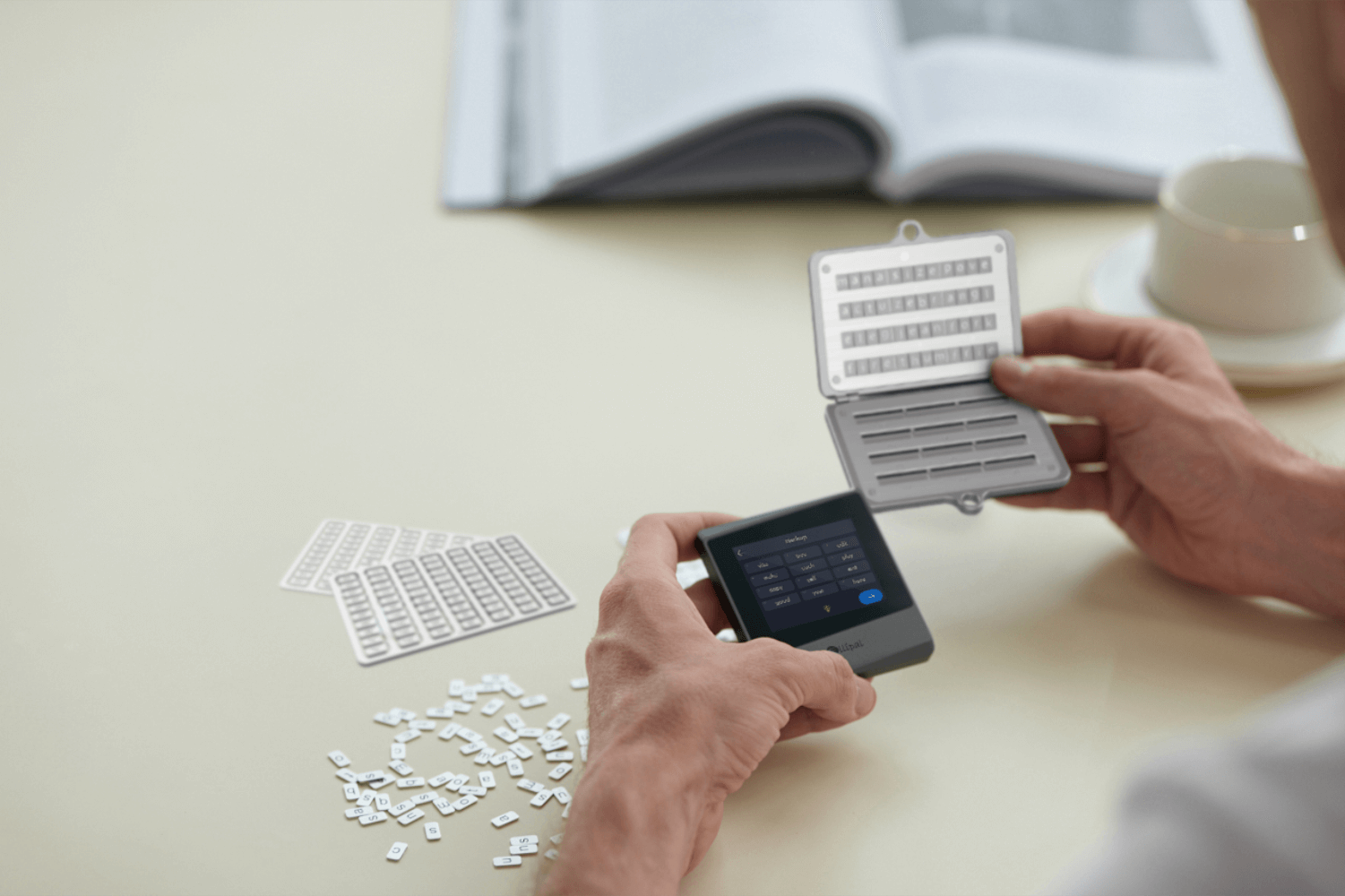In the ever-evolving world of cryptocurrencies, ensuring the security of your digital assets is paramount. One of the most effective methods to safeguard your bitcoins is by using a cold wallet. This article delves into the intricacies of how to securely store your bitcoins with a cold wallet, providing you with a comprehensive guide to protect your investments.

Understanding Cold Wallets
A cold wallet, also known as an offline wallet, is a type of cryptocurrency wallet that is not connected to the internet. This disconnection from online networks makes it significantly less vulnerable to hacking attempts and cyber threats. Cold wallets come in various forms, including hardware wallets, paper wallets, and even physical coins with embedded private keys.
Why Choose a Cold Wallet?
Security is the primary reason for opting for a cold wallet. Unlike hot wallets, which are connected to the internet and susceptible to online attacks, cold wallets provide an added layer of protection by keeping your private keys offline. This makes it extremely difficult for malicious actors to access your bitcoins.
Moreover, cold wallets offer peace of mind for long-term storage. If you plan to hold onto your bitcoins for an extended period, a cold wallet ensures that your assets remain safe from potential online threats.
Setting Up Your Cold Wallet
Setting up a cold wallet involves a few crucial steps to ensure maximum security. Here’s a step-by-step guide on how to securely store your bitcoins with a cold wallet:
- Choose Your Cold Wallet Type: Decide whether you want a hardware wallet, a paper wallet, or another form of cold storage. Each type has its own advantages and considerations.
- Generate Your Wallet Offline: For maximum security, generate your wallet and private keys offline. This can be done using a dedicated offline computer or a hardware wallet device.
- Backup Your Private Keys: Create multiple backups of your private keys and store them in secure, separate locations. This ensures that you can recover your bitcoins in case of loss or damage to your primary cold wallet.
- Secure Your Cold Wallet: Store your cold wallet in a safe place, such as a safe deposit box or a secure home safe. Avoid sharing the location or details of your cold wallet with anyone.
Best Practices for Cold Wallet Security
To further enhance the security of your cold wallet, consider the following best practices:
- Use Strong Passwords: If your cold wallet supports password protection, use a strong, unique password to add an extra layer of security.
- Regularly Update Firmware: For hardware wallets, ensure that you regularly update the firmware to benefit from the latest security features and patches.
- Avoid Public Wi-Fi: When accessing or managing your cold wallet, avoid using public Wi-Fi networks, which can be vulnerable to attacks.
- Stay Informed: Keep yourself updated on the latest security practices and potential threats in the cryptocurrency space. This knowledge will help you make informed decisions about your cold wallet security.
Conclusion
In conclusion, understanding how to securely store your bitcoins with a cold wallet is essential for any cryptocurrency investor. By choosing the right type of cold wallet, following proper setup procedures, and adhering to best security practices, you can significantly reduce the risk of losing your valuable digital assets. Remember, the key to safeguarding your bitcoins lies in keeping your private keys offline and out of reach from potential threats.
Embrace the security and peace of mind that a cold wallet offers, and ensure that your bitcoins remain safe for the long haul.







